-
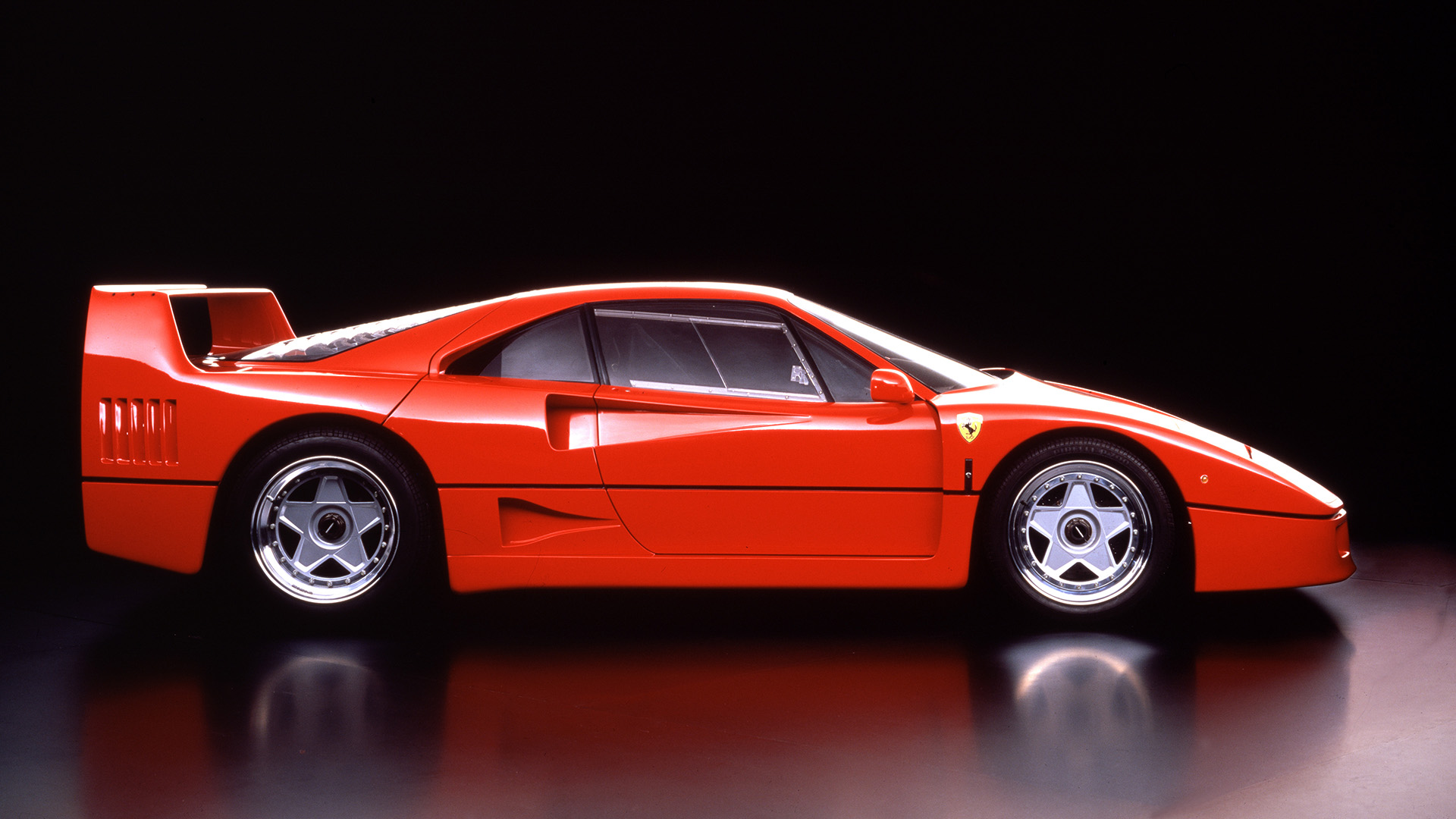
Italian greats
© FerrariThis was difficult. Narrowing a list of the best Italian cars to anything approaching a shortlist is almost impossible. There have been so many greats, it’s hard to know where to start. To make things a little simpler, we’ve concentrated largely on post-war Italian cars and have tried to deliver a broad mix of affordable classics and exotic supercars. You will surely bemoan the absence of some true greats, but we had to draw the line somewhere.
-
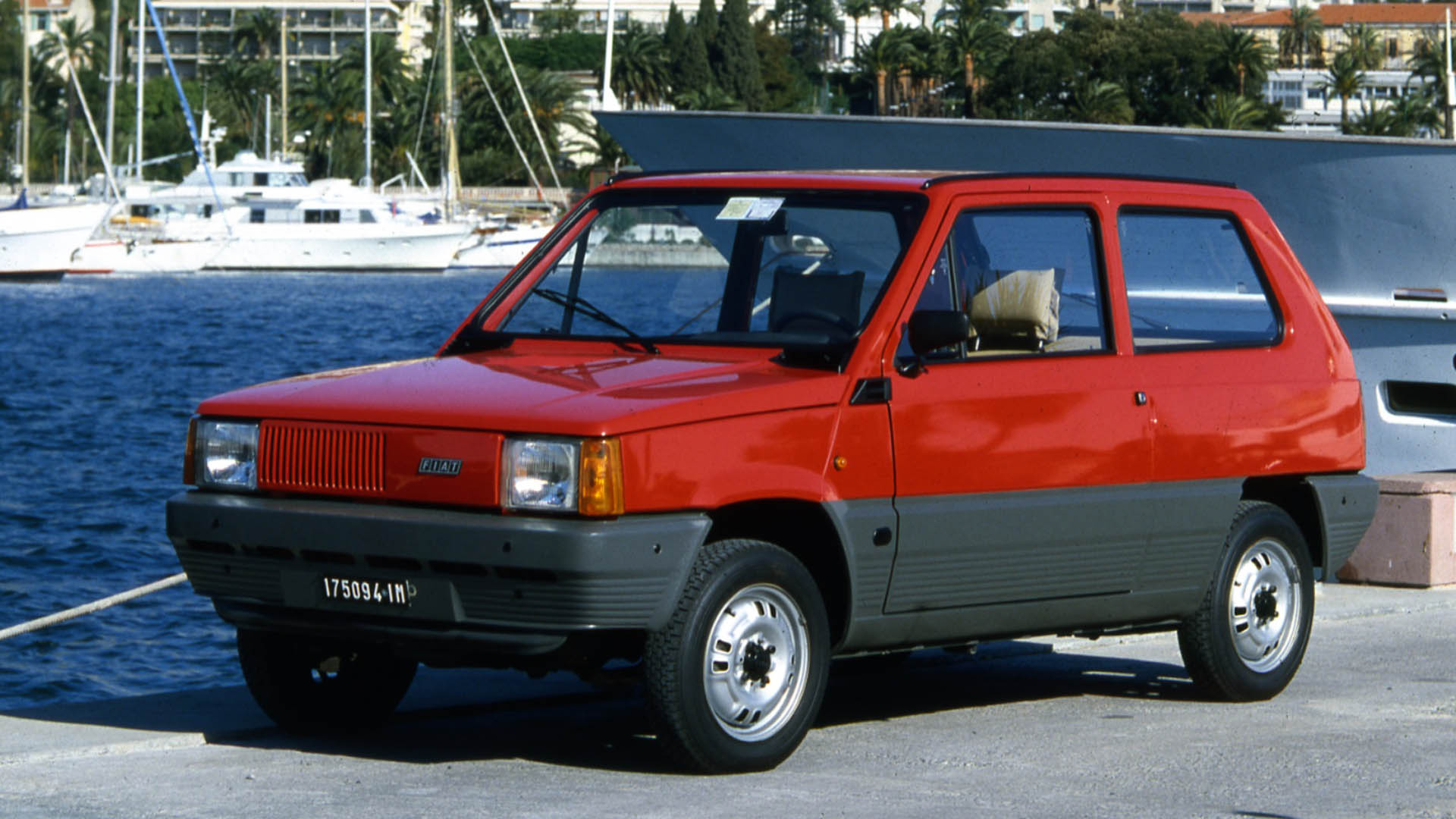
Fiat Panda
© FiatOur list of Italian greats is in no particular order, but the Fiat Panda was one of the first cars to make the cut. Giorgetto Giugiaro was told to design a ‘French-style’ utility car that was inexpensive to build and to buy. He responded by sketching one of the greatest small cars of the last century, famous for its clever use of materials and superb interior packaging. It even spawned a rugged 4×4 version.
-
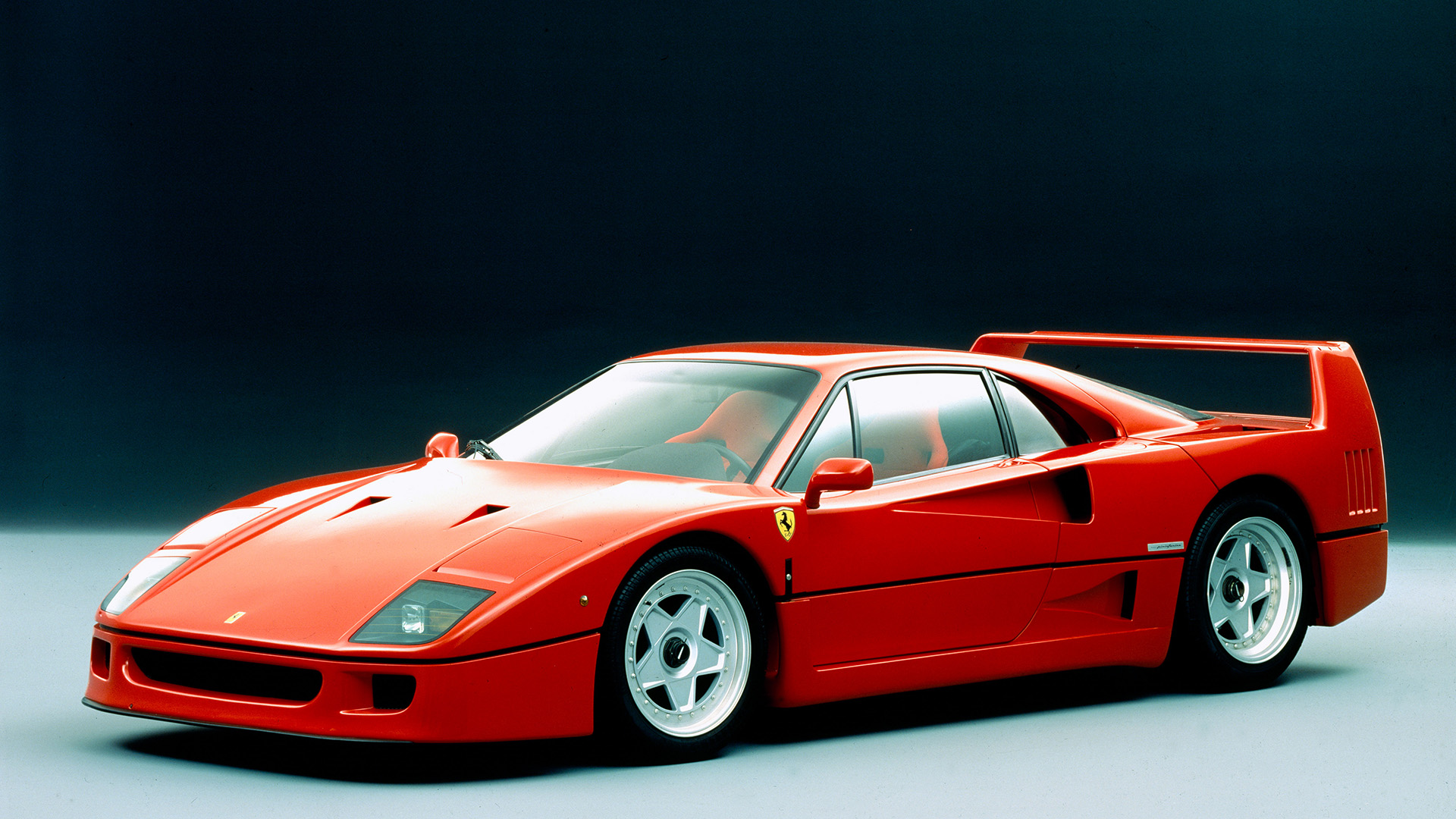
Ferrari F40
© FerrariWe could have filled this list with Ferraris, but where’s the fun in that? Instead, we’ve selected four of our favourites, headlined by this pin-up star of the 1980s. Built to celebrate Ferrari’s 40th anniversary, the F40 was the last car signed off by Enzo himself. Power was sourced from a twin-turbocharged 2.9-litre V8, while top speed was rated at 202mph.
-
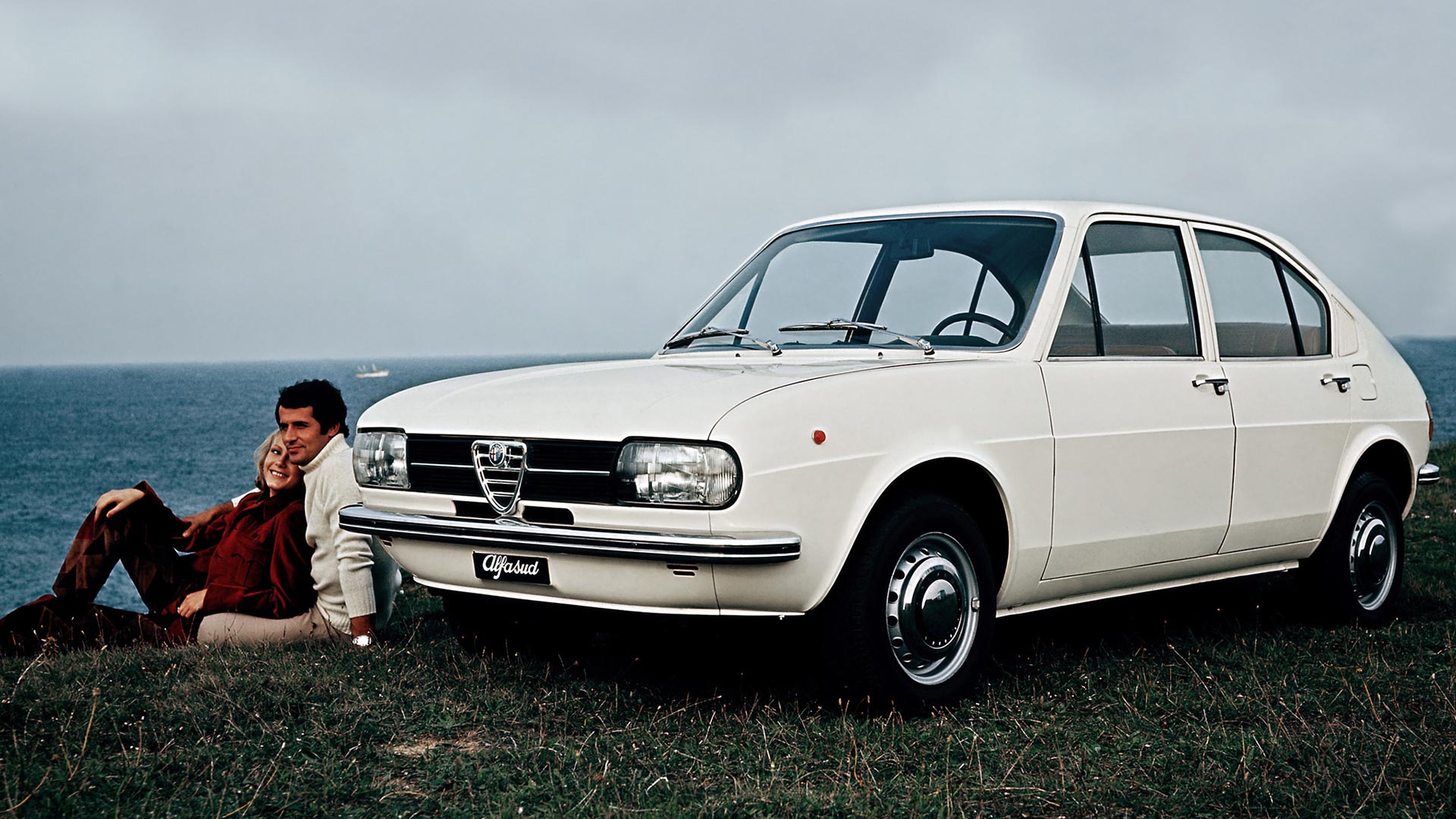
Alfa Romeo Alfasud
© Alfa RomeoIt doesn’t make the shortlist for its rustproofing, but in just about every other respect, the Alfasud is an Italian great. Unveiled at the 1971 Turin Motor Show, the Alfasud – a reference to the car’s factory in southern Italy – featured a delightful body designed by Giorgetto Giugiaro and a superb four-cylinder engine. But its crowning glory was the way it drove; the Alfasud provided the handling benchmark for front-wheel-drive cars.
-
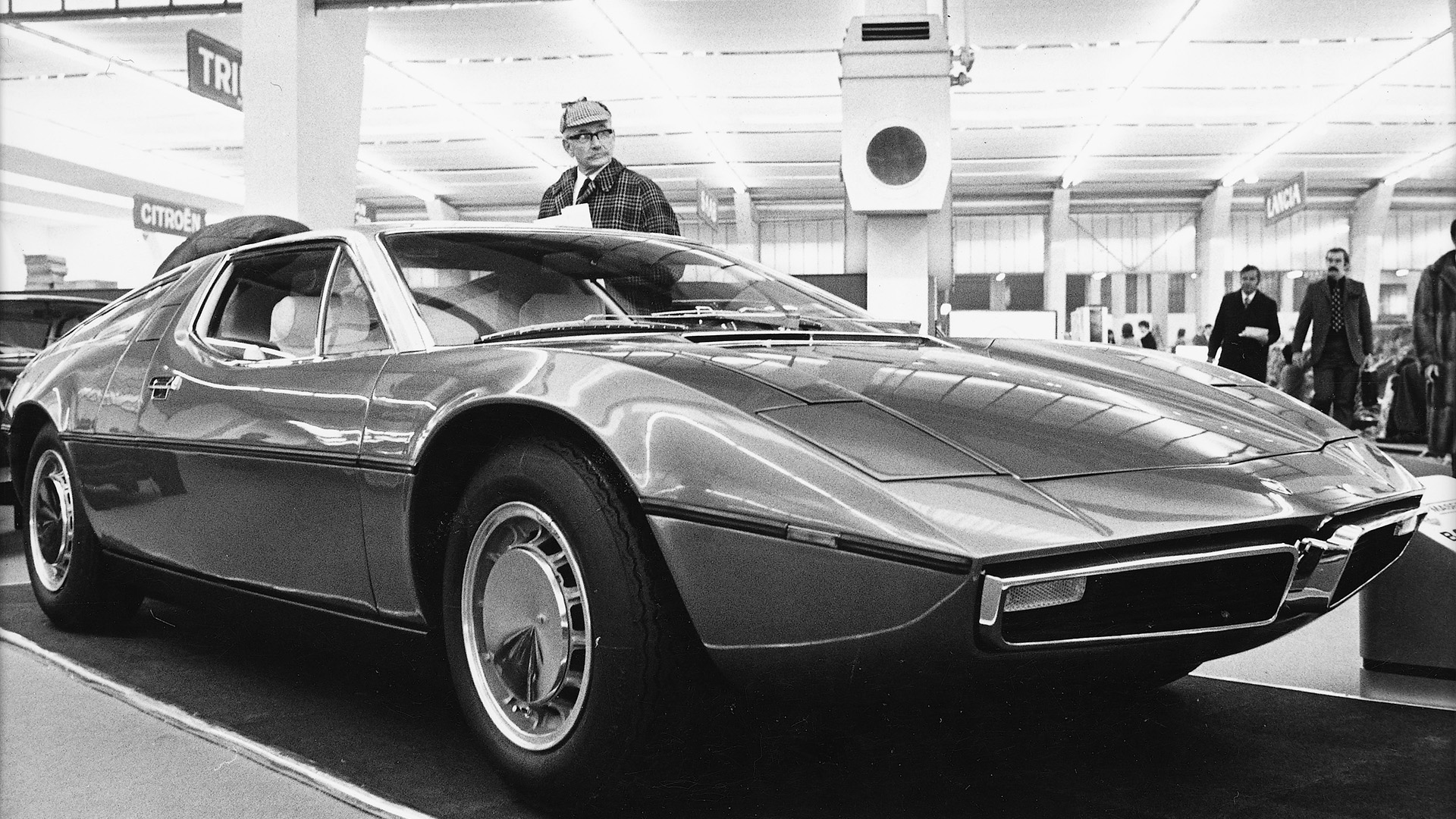
Maserati Bora
© MaseratiThe Maserati Bora remains criminally undervalued, which is odd when you consider just how highly regarded it was 50 years ago. It’s a mid-engined exotic with the pace of a supercar and the comfort of a Citroen (the French company owned Maserati at the time), wrapped in a body designed by (that man again) Giorgetto Giuigaro. This was Maserati’s first mid-engined car, built to rival the beautiful Lamborghini Miura.
-
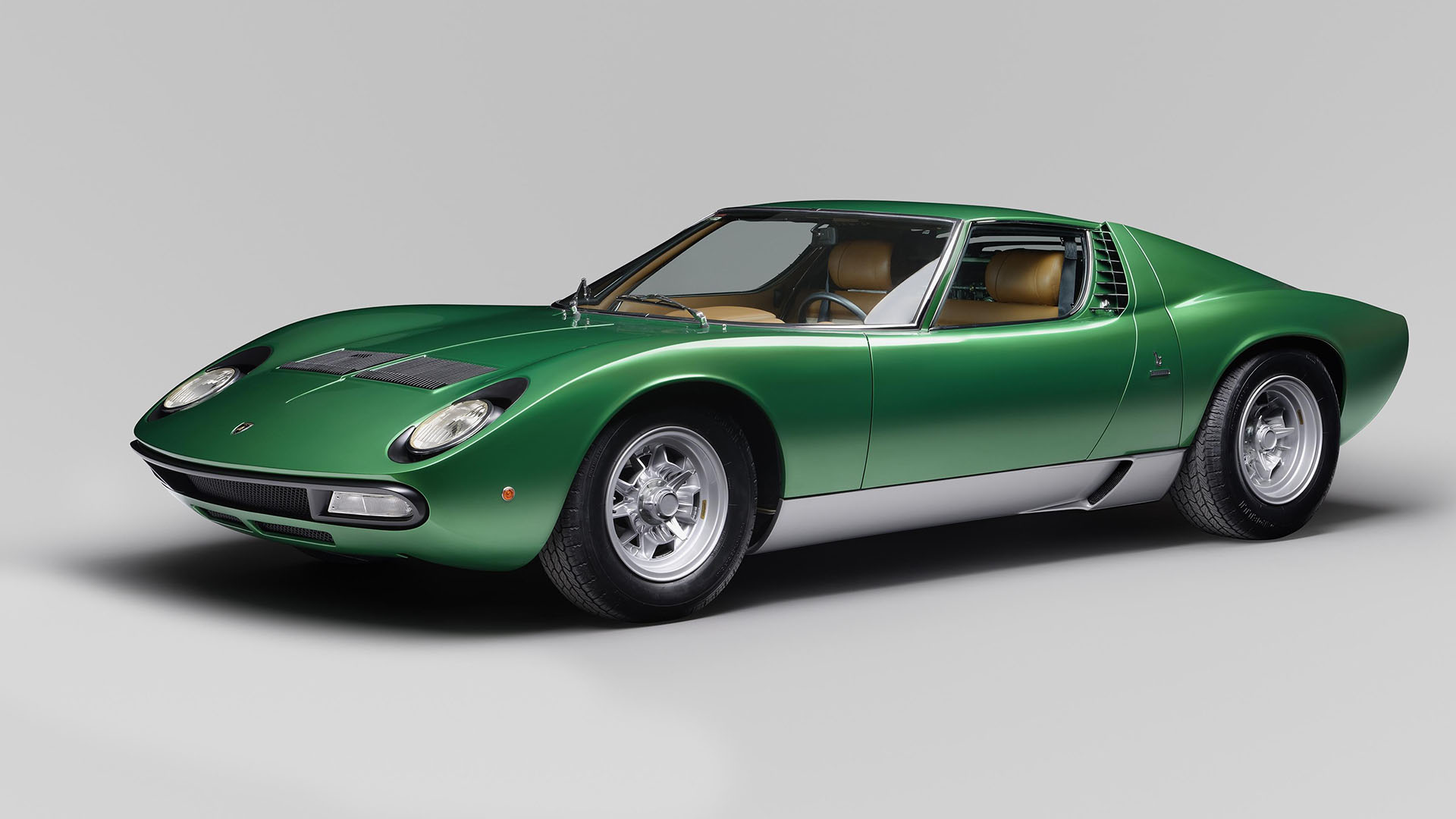
Lamborghini Miura
© LamborghiniSpeaking of the Miura… Arguably the genesis of the modern breed of supercars, the Miura combined stunning Marcello Gandini styling with the power and pedigree of a 3.9-litre V12. The driving experience of the early cars failed to live up to the promise, but most of the wrongs were put right when Lamborghini unveiled the P400 SV in 1968.
-
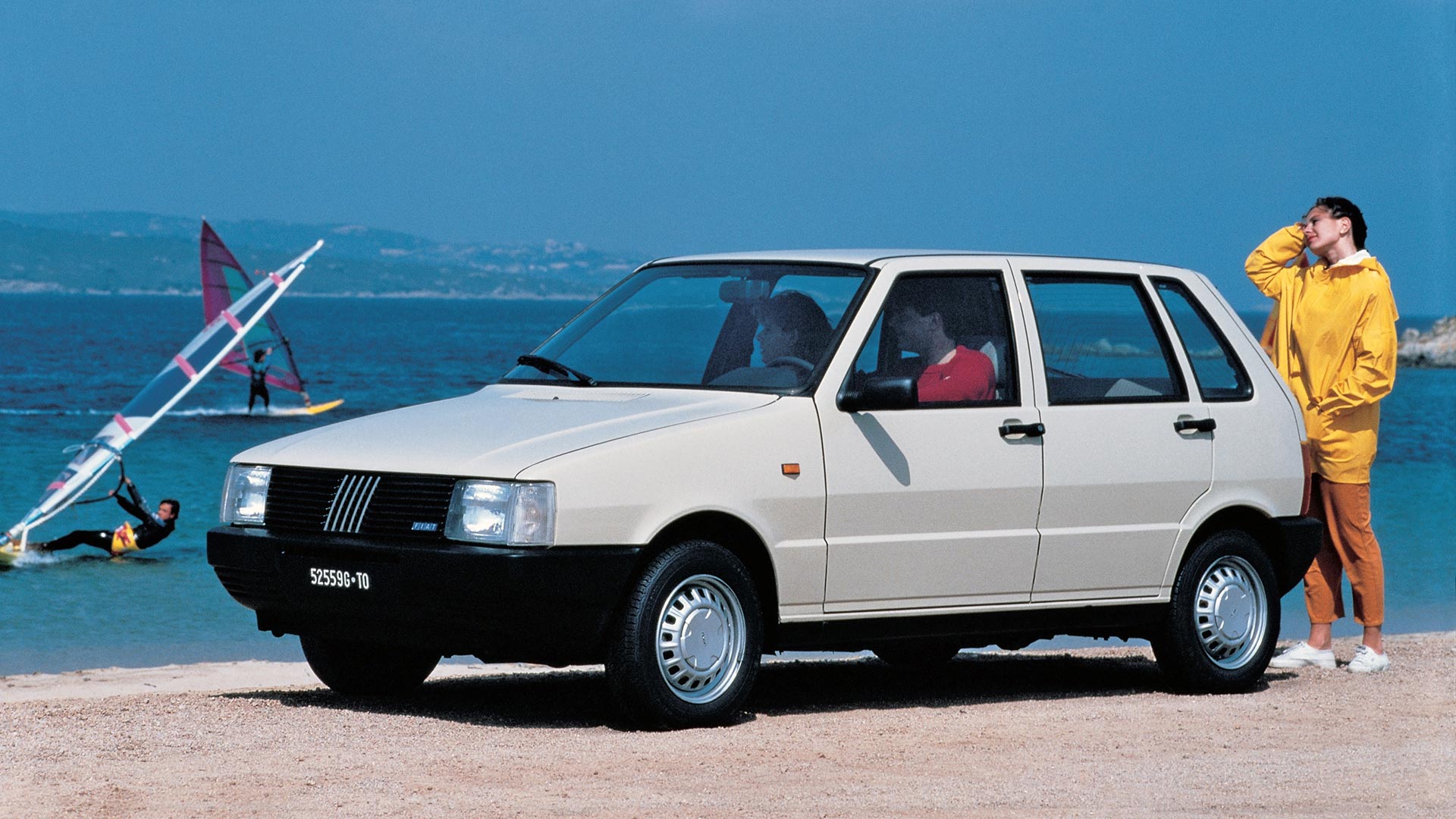
Fiat Uno
© FiatThe Fiat Uno deserves to be recognised as a true great. Arguably superior to the original Panda, the Uno was good enough to be named European Car of the Year in 1984, an accolade not bestowed upon its smaller sibling. A spacious interior and a great range of powertrains (including the epic Turbo ie version) made it one of the best superminis of the 1980s. Some 8.8 million Unos were sold.
-
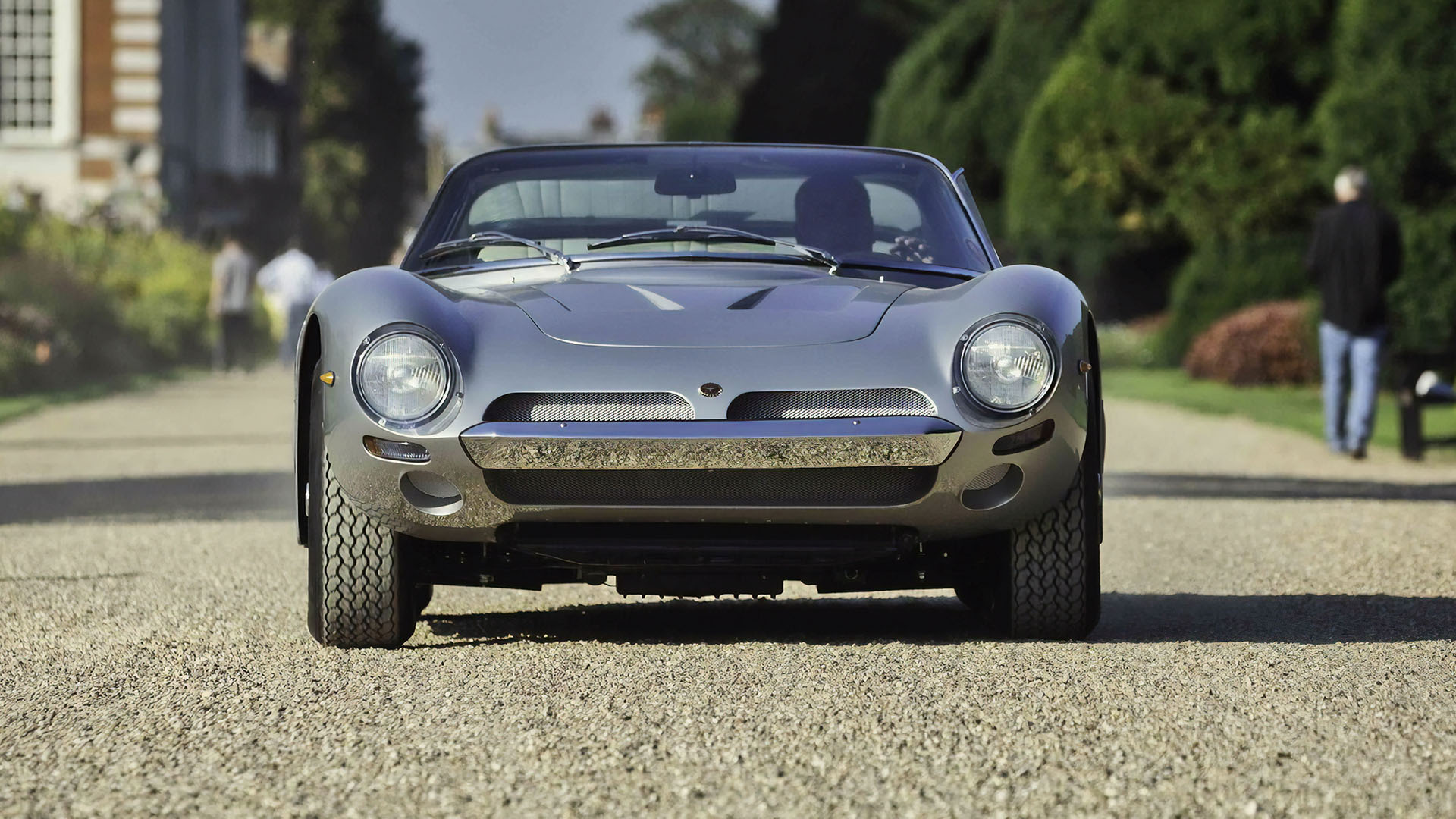
Bizzarrini GT Strada 5300
© Thornley Kelham – NewspressGiotto Bizzarrini died in May 2023 at the age of 96, but the Italian left quite a legacy. Creating the legendary Ferrari 250 GTO and designing the V12 engine used to power many of Lamborghini’s greatest cars are just two headlines from his formidable CV. In 1965, Bizzarrini used the Iso Griffo to create the Giugiaro-penned GT Strada 5300, which drew its power from a Chevrolet V8. Just 124 cars were built, but Bizzarrini’s eponymous masterpiece can rub shoulders with some of the best Italian exotics of the era.
-
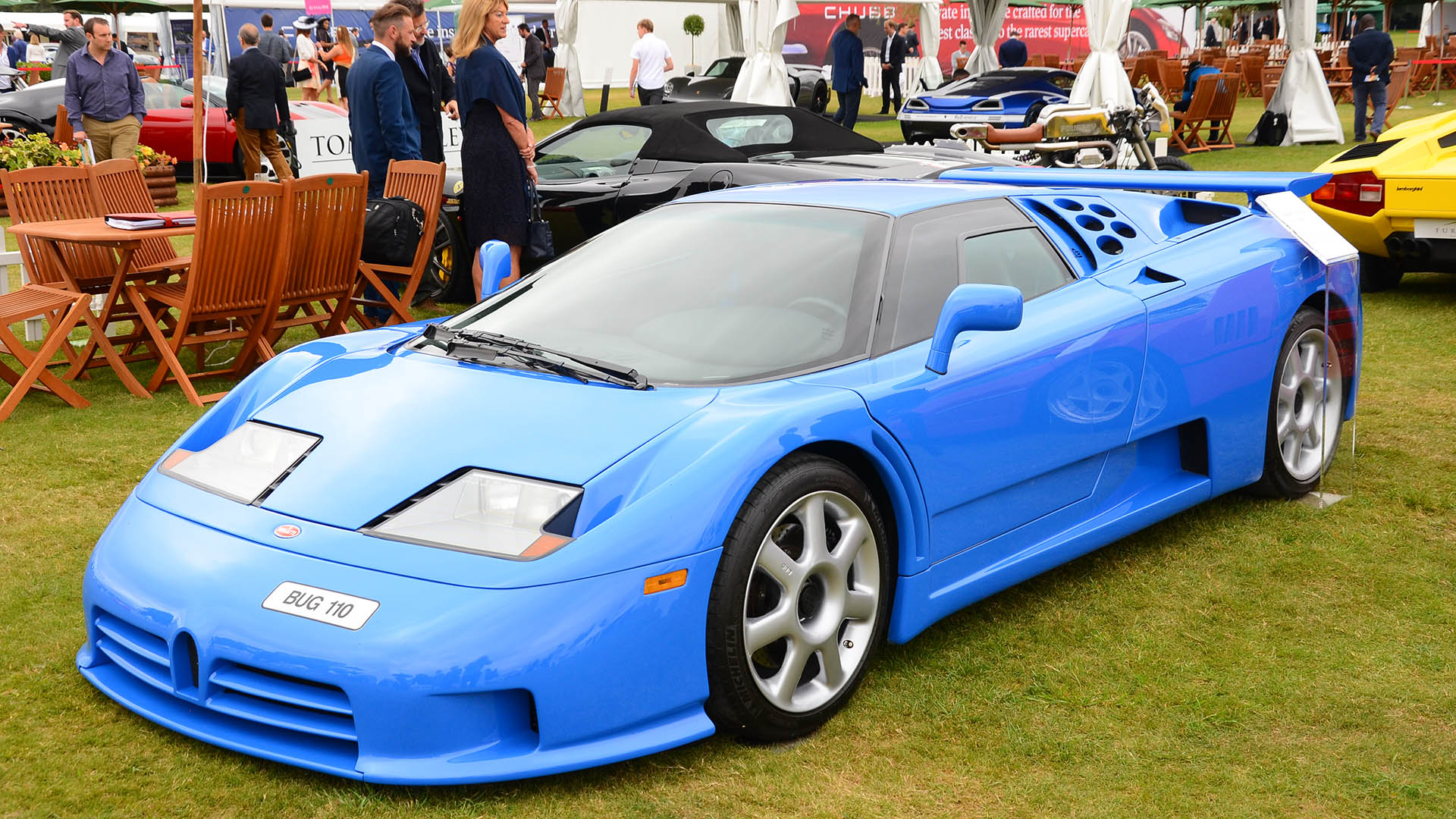
Bugatti EB110
© NewspressA controversial choice, given Bugatti’s French roots, but the EB110 was born under the stewardship of the Italian Romano Artioli, who built an entirely new factory in Modena for its production. Thanks to a 3.5-litre quad-turbo V12 engine, the EB110 was the world’s fastest production car when launched in 1991. The four-wheel-drive supercar could dash from zero to 62mph in just 3.5 seconds before hitting a top speed of 212mph. Not a bad way to celebrate Ettore Bugatti’s 110th birthday.
-
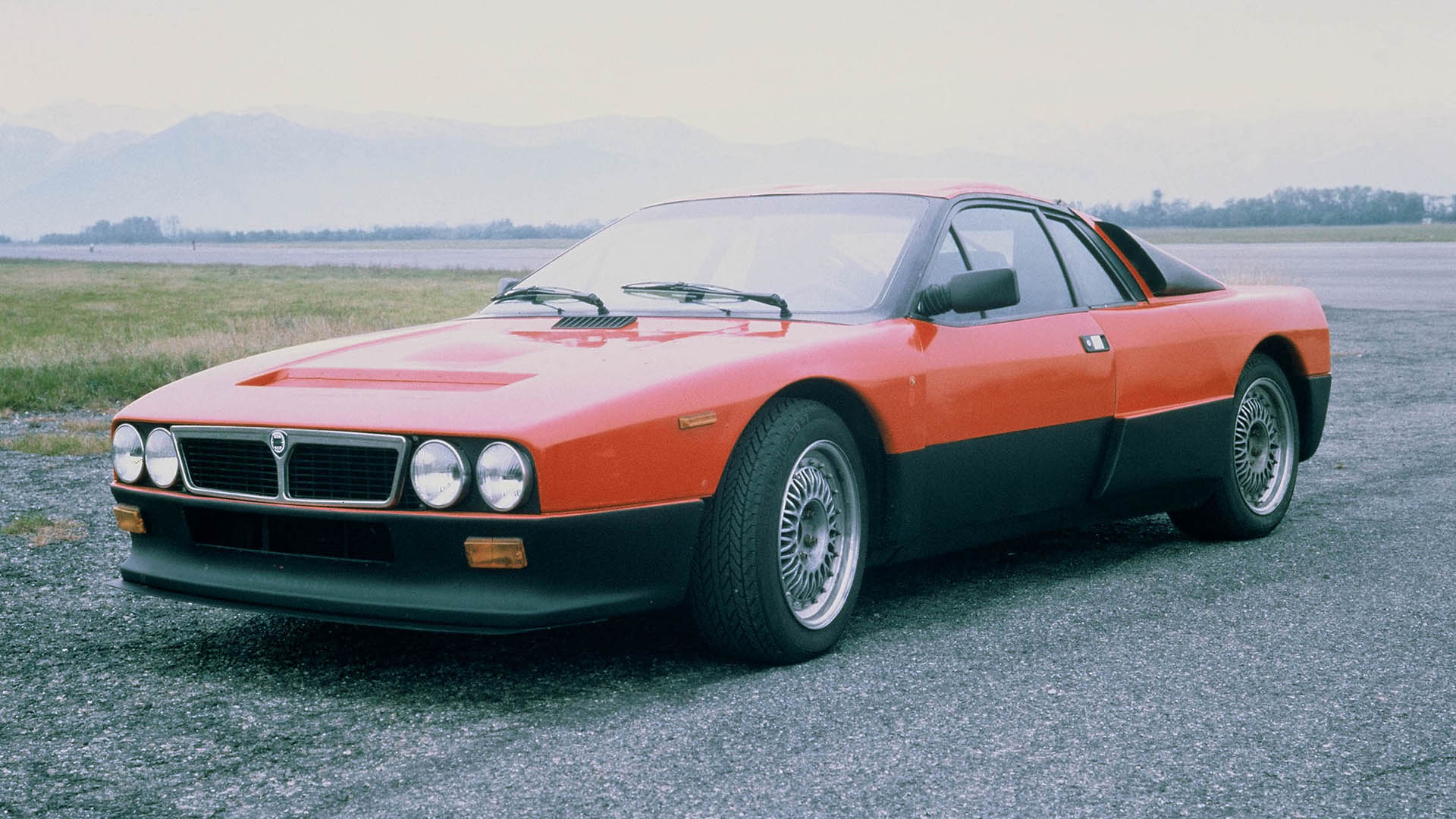
Lancia 037 Stradale
© LanciaHannu Mikkola may have won the 1983 WRC drivers’ championship in an Audi, but Markku Alén, Walter Röhrl and Attilio Bettega won the constructors’ title for Lancia. The 037 was the last rear-wheel-drive car to win the championship, with the Martini Racing legend finishing two points ahead of the otherwise dominant Quattro. Just 217 roadgoing Stradale versions were built for homologation purposes, each one powered by Aurelio Lampredi’s 2.0-litre supercharged engine: good for 205hp at 7,000rpm.
-
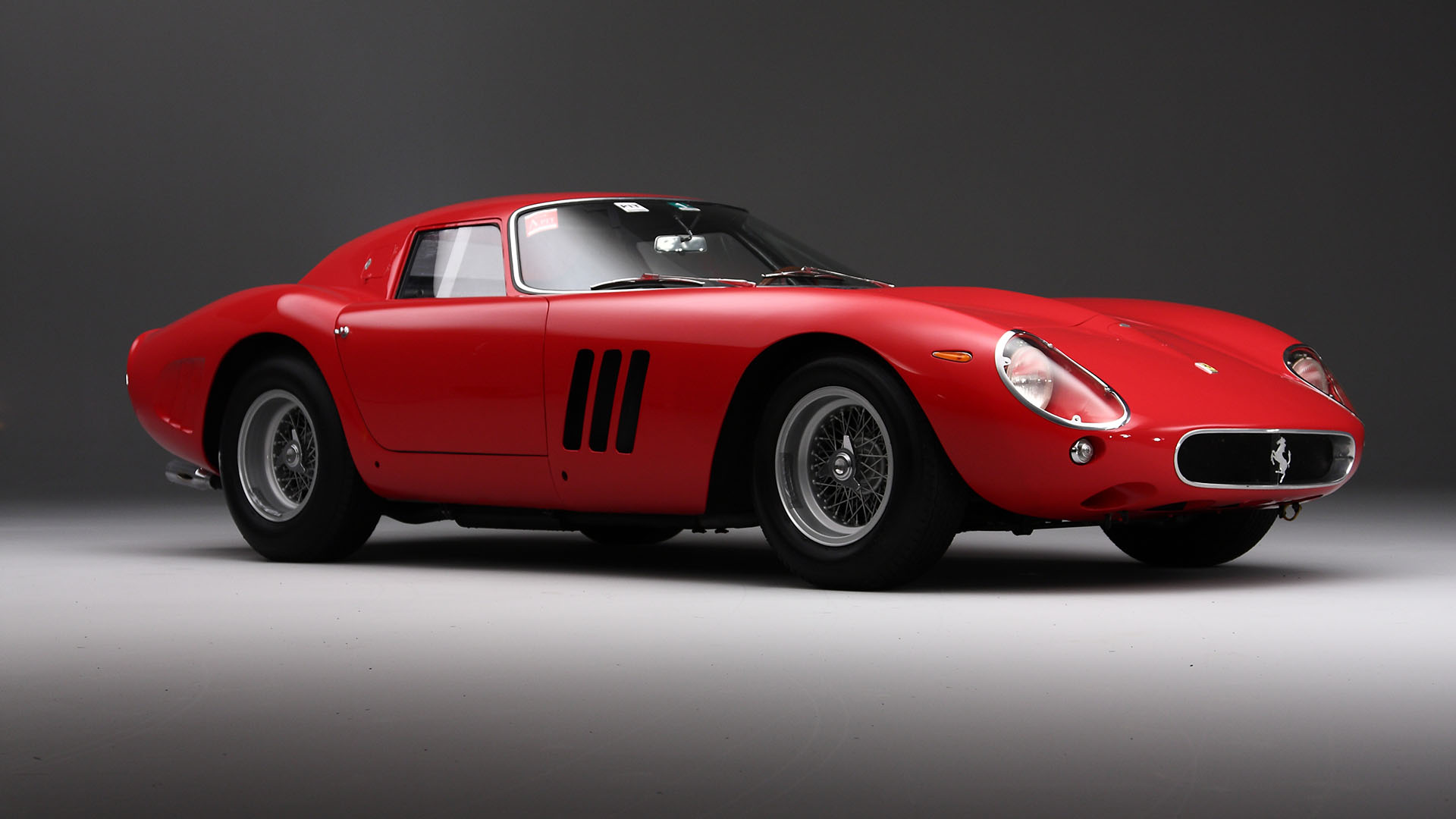
Ferrari 250 GTO
© FerrariUntil last year, the Ferrari 250 GTO was the most valuable car ever sold at auction. Car number three of just 36 GTOs sold for a staggering $48.4m at a 2018 RM Sotheby’s sale in Monterey. What makes it so valuable? Aside from its jaw-dropping beauty, the 250 GTO was the final evolution of the 250 model, which debuted in 1953 and ended with the last GTO in 1964.
-
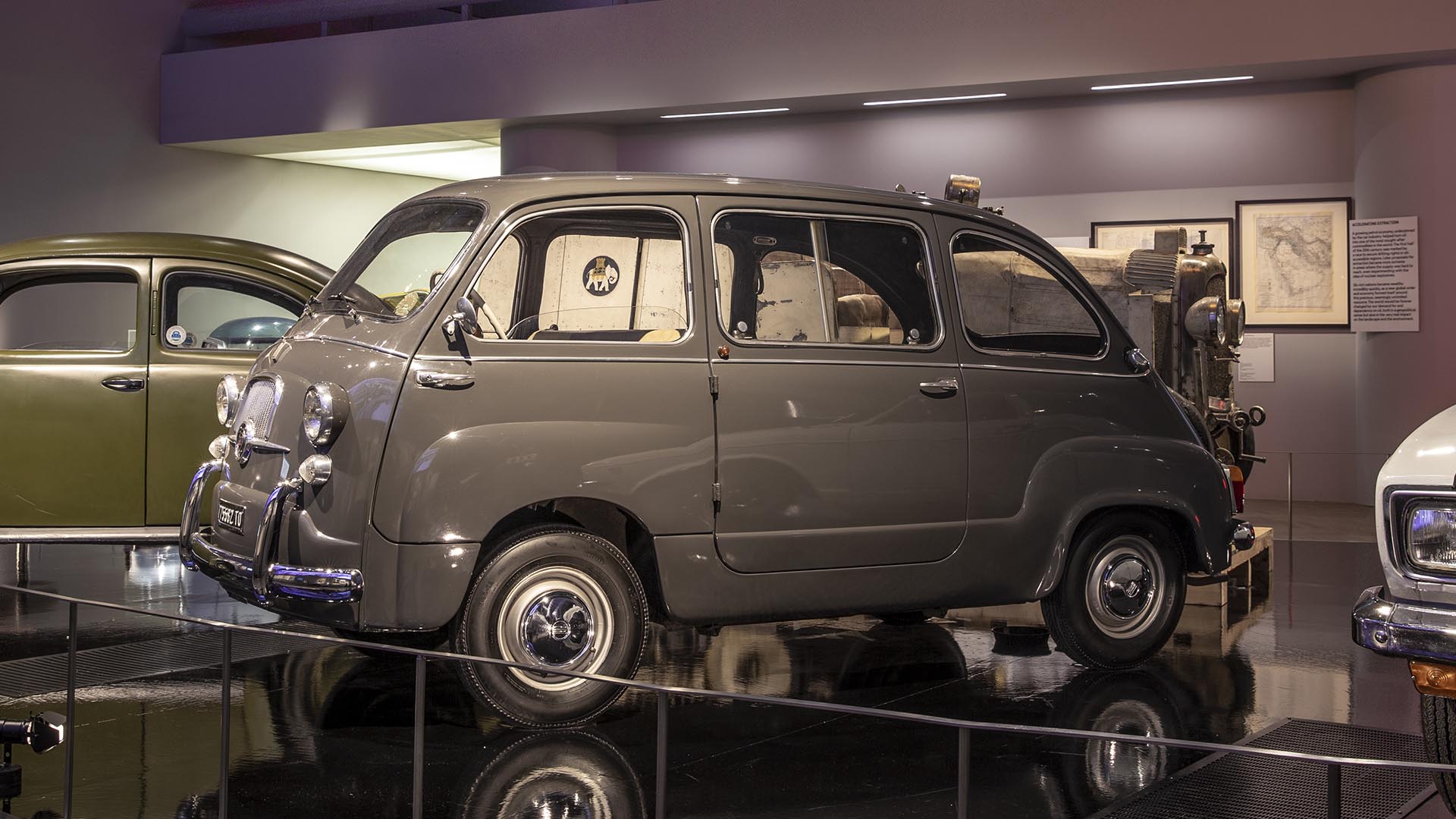
Fiat Multipla 600
© FiatSupercars and rally legends have their place, but the Fiat Multipla 600 touched more lives than most of the other cars on this list. Indeed, as the first mass-produced people carrier, it’s the godfather of the MPVs like the Renault Espace, Vauxhall Zafira and Ford Galaxy. Designer Dante Giacosa somehow managed to squeeze three rows of seats into a vehicle based on the tiny Fiat 600 city car. Both rear rows could be folded down to create a double bed, turning the Multipla into a camper van.
-
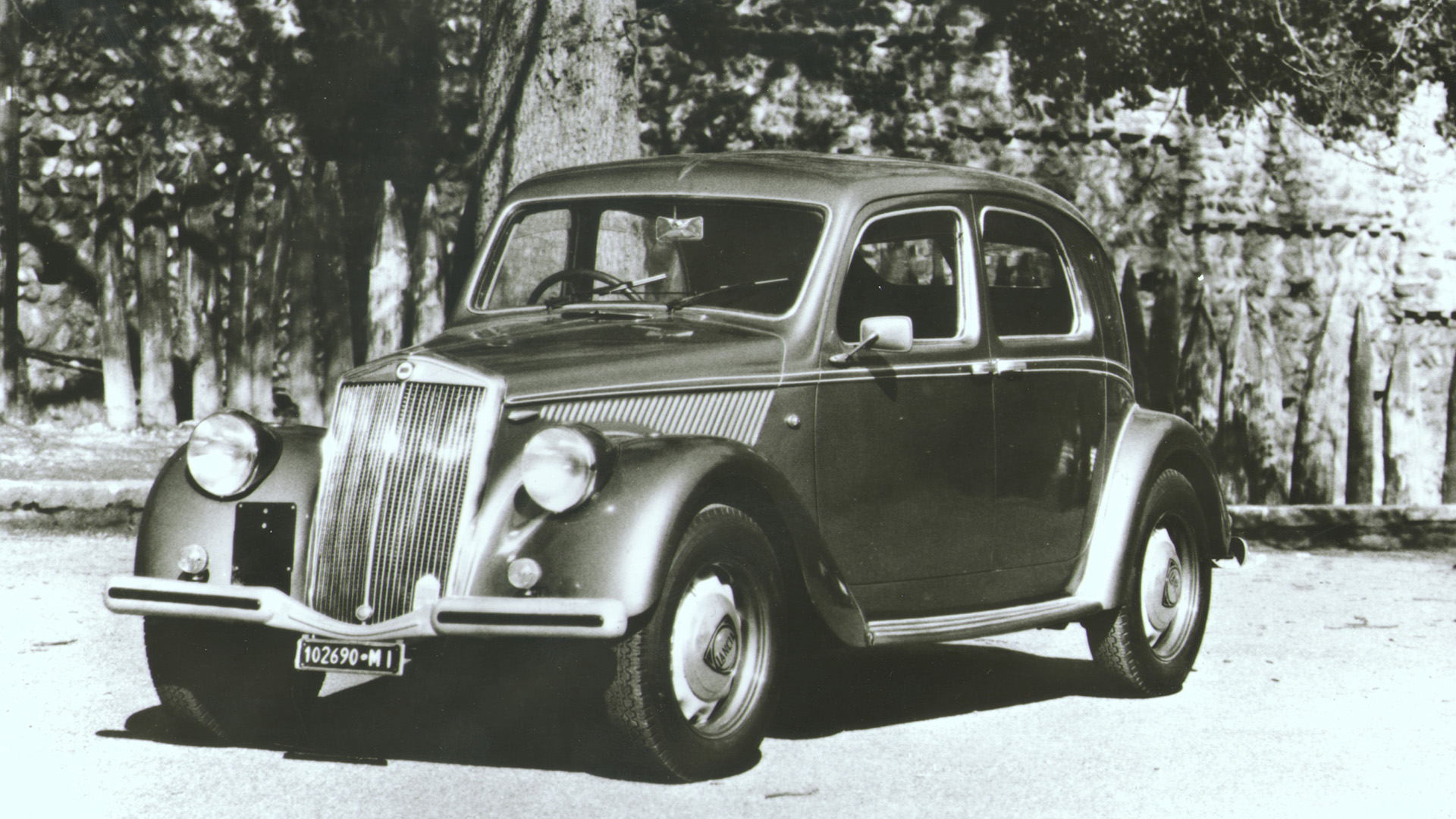
Lancia Aprilia
© LanciaIt may have been unveiled at the 1936 Paris Motor Show, but the Lancia Aprilia was so far ahead of its time that we’re prepared to loosen the shackles of our post-war criteria for this list. It was also Vincenzo Lancia’s last car; the company’s founder died in 1937 before the Aprilia reached production. Highlights included a streamlined shape, monocoque construction, pillarless doors and all-round independent suspension. Vincenzo, a fierce critic of his own creations, called it “a magnificent car”.
-
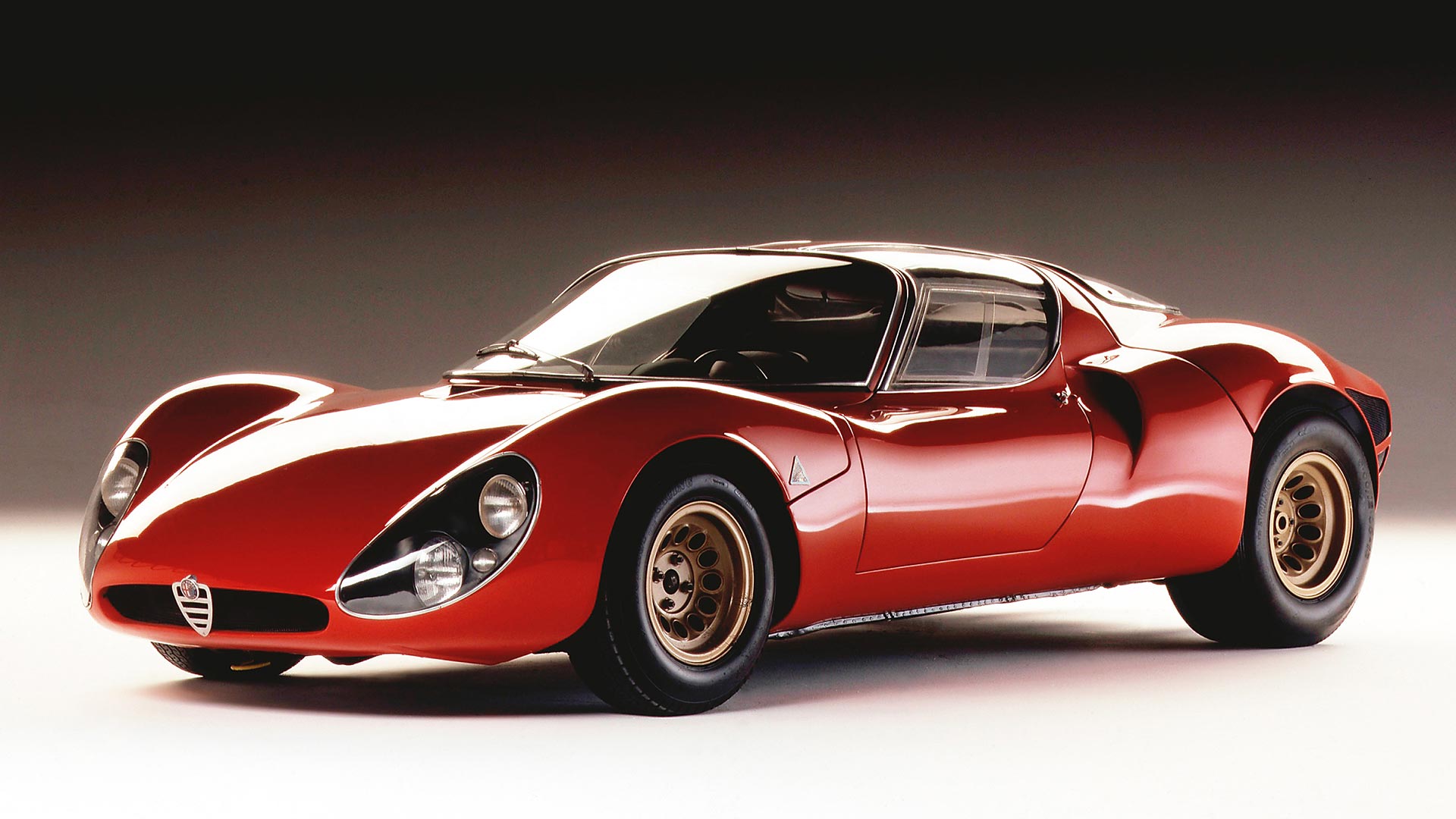
Alfa Romeo Tipo 33 Stradale
© Alfa RomeoIn the summer of 2023, Alfa Romeo announced that it was paying tribute to the Tipo 33 Stradale with a £1.7m remastering of the original. Produced between 1967 and 1969, the 33 Stradale is widely regarded as one of the world’s first supercars, but only 18 were built. It was powered by a relatively lowly 2.0-litre V8 engine, but because the Alfa weighed just 700kg, it could hit 60mph in only 6.5 seconds.
-
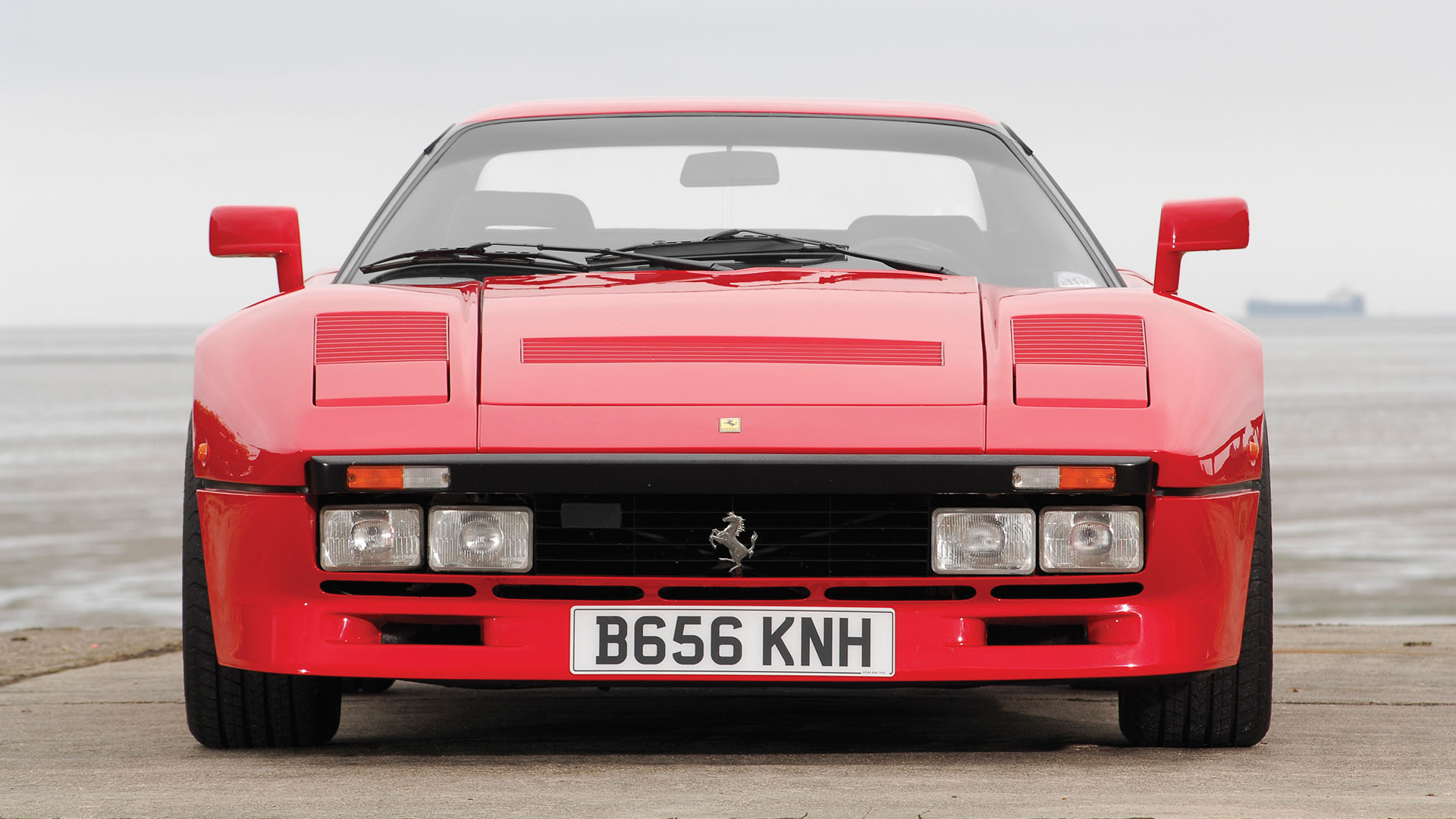
Ferrari 288 GTO
© FerrariThe Ferrari GTO – commonly referred to as the 288 GTO – was built to compete in Group B rallying, but when the FIA pulled the plug, the GTO was left without a party to attend. As a result, the GTO never raced, leaving all 272 units to fall into private hands. As you’d expect from a race-bred, 400hp twin-turbocharged V8 supercar, demand was high, so much so that Ferrari sold each one to order before the car went into production.
-
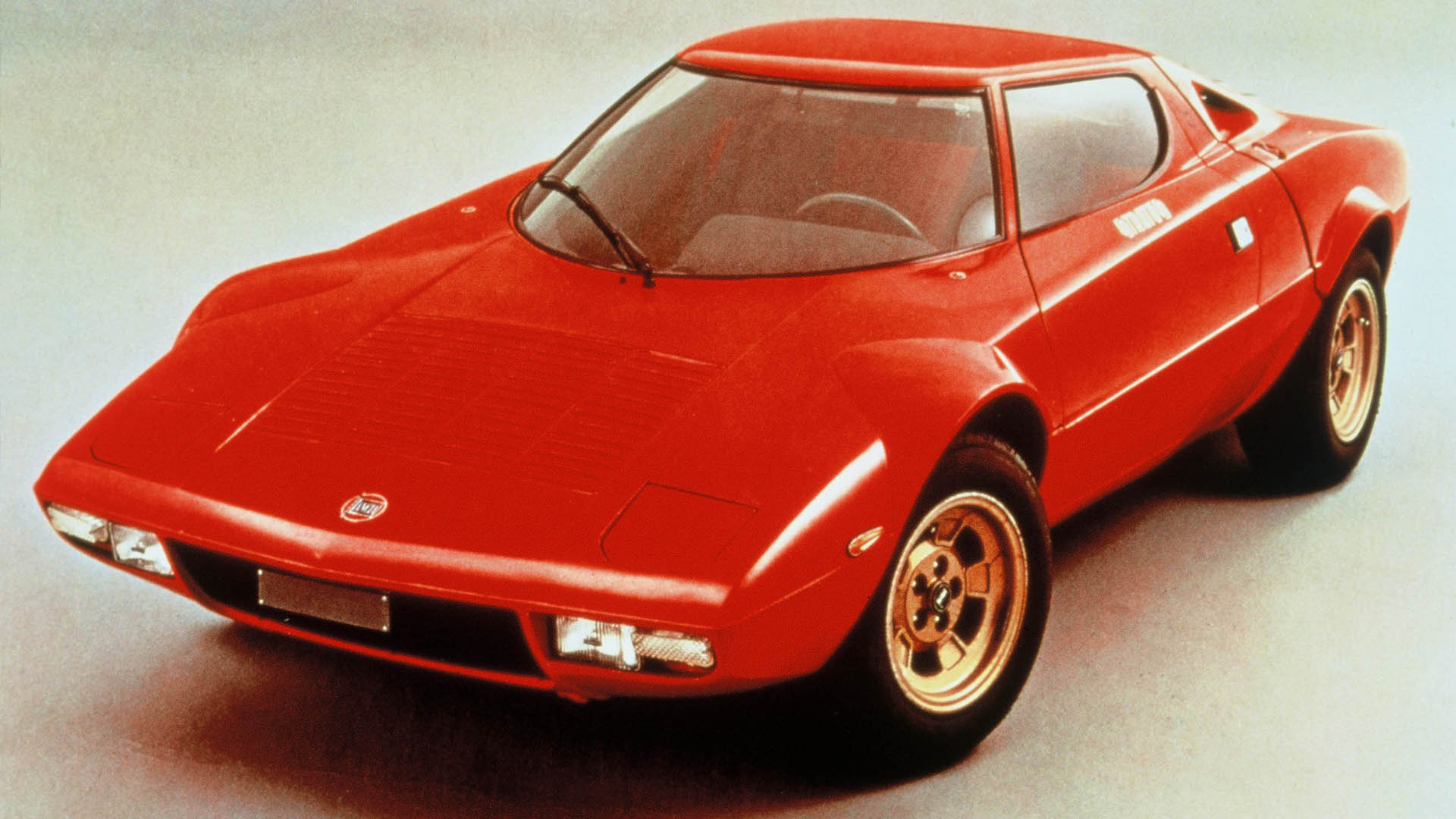
Lancia Stratos
© LanciaThe Lancia Stratos was a star of both road and track, designed to build on the competition success of the Lancia Fulvia, with Marcello Gandini working alongside Sandro Munari (rally driver) and Cesare Fiorio (team boss) to develop a car in time for the 1974 season. It won the manufacturers’ title in 1974, 1975 and 1976, before Sandro Munari won the FIA Cup for Rally Drivers in 1977. A total of 500 roadgoing cars were built.
-
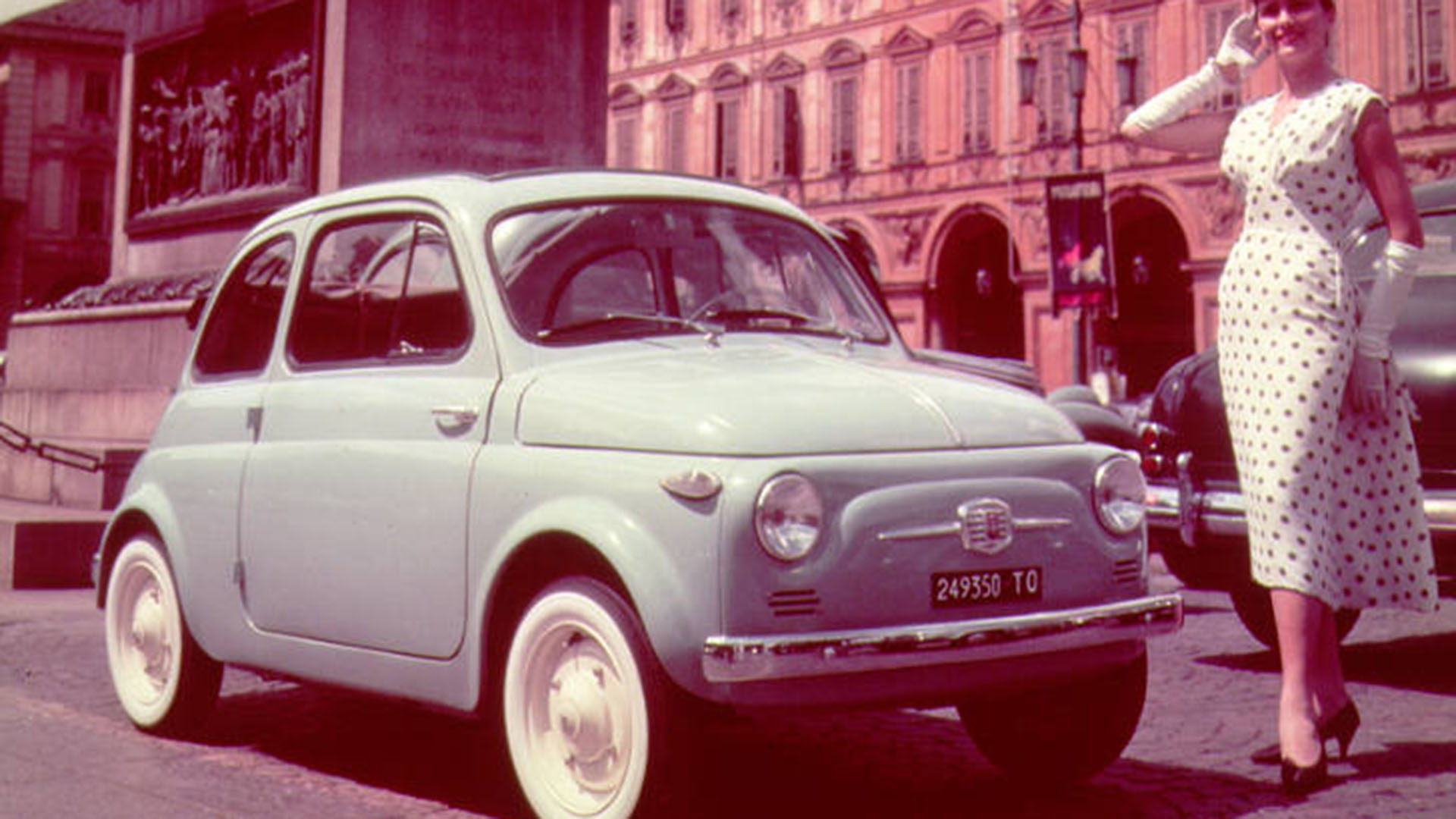
Fiat Nuova 500
© FiatLaunched in 1957, the Fiat 500 helped to mobilise an entire nation, but it didn’t get off to the best of starts in its domestic market. Perhaps overshadowed by the 600, which had arrived earlier, the 500’s basic nature and lack of back seats made it a hard sell. Some subtle tweaks and the addition of a rear bench helped it to secure a foothold in the market. By the time production ended in 1975, Fiat had shifted nearly 3.5 million units.
-
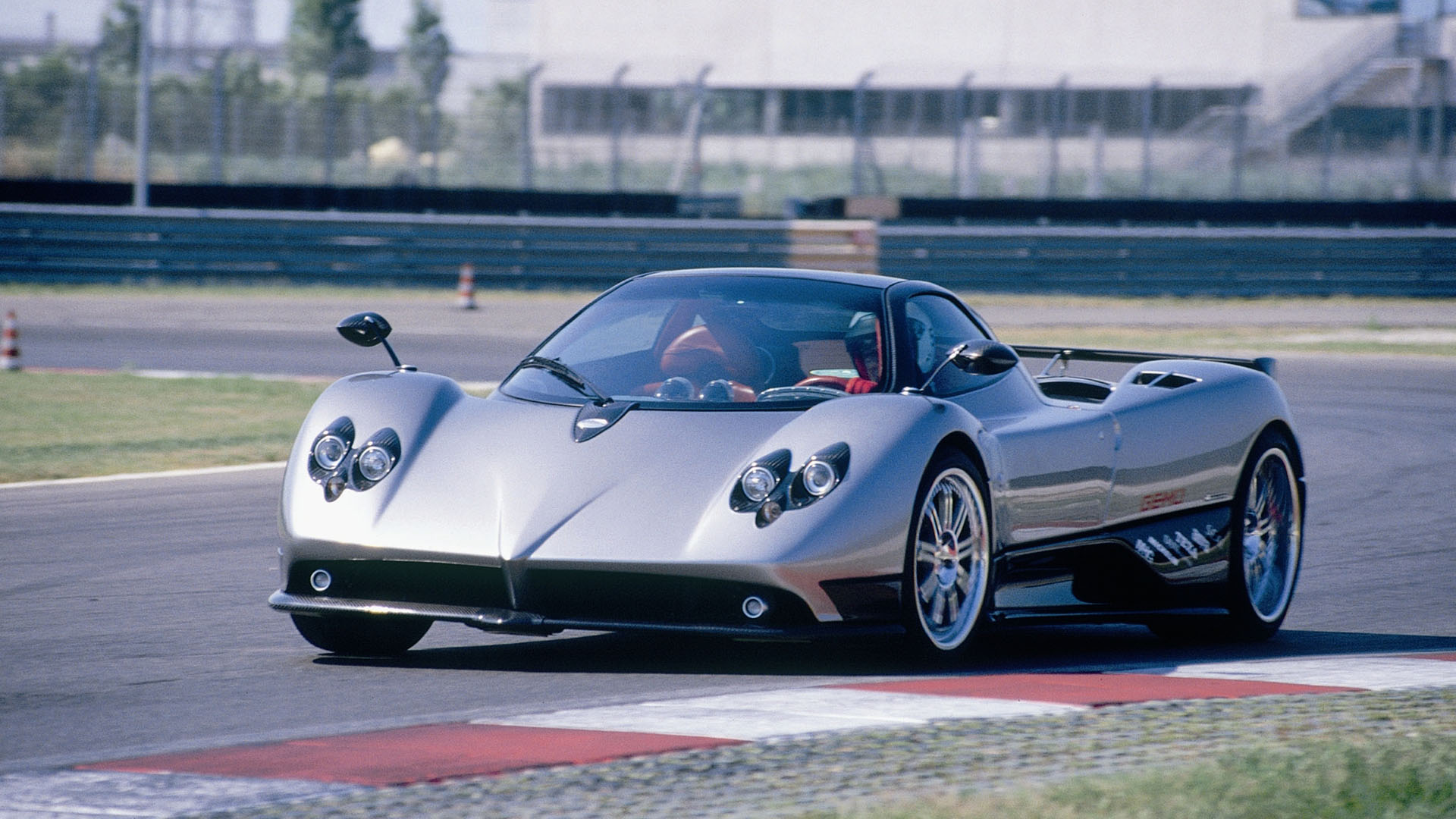
Pagani Zonda
© PaganiPagani was one of the first manufacturers of the new millennium to upset the supercar establishment. Unlike some of the others, Pagani focused not just on speed and raw power, but on quality and attention to detail. Thanks to his friendship with Juan Manuel Fangio, an honorary director of Mercedes-Benz, the Argentinian Horacio Pagani was able to secure AMG V12 power for his new breed of hypercars.
-
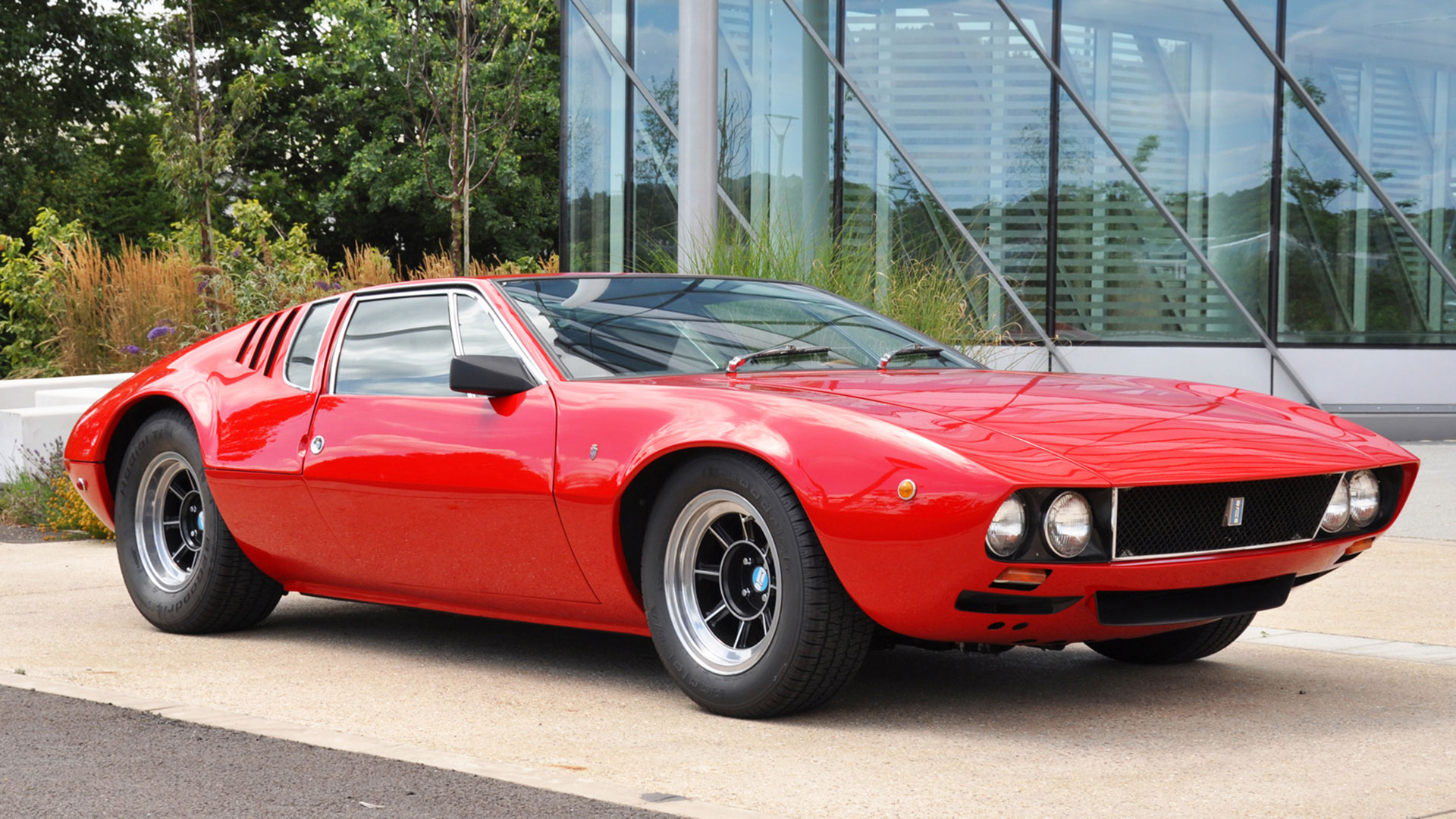
De Tomaso Mangusta
© De TomasoFrom one Italian company owned by an Argentinian to another. The De Tomaso Mangusta was unveiled at the 1966 Turin Motor Show and was essentially a merging of a Giugiaro-penned proposal for a mid-engined Iso and a cancelled Ghia De Tomaso racing car shown a year earlier. Just 401 were built before production stopped in 1972, each one powered by a Ford V8, the majority of which were 4.9 litres, although some had the smaller 4.7-litre engine. For a bit of trivia, the Mangusta was the first production car to feature wider tyres at the back than the front.
-
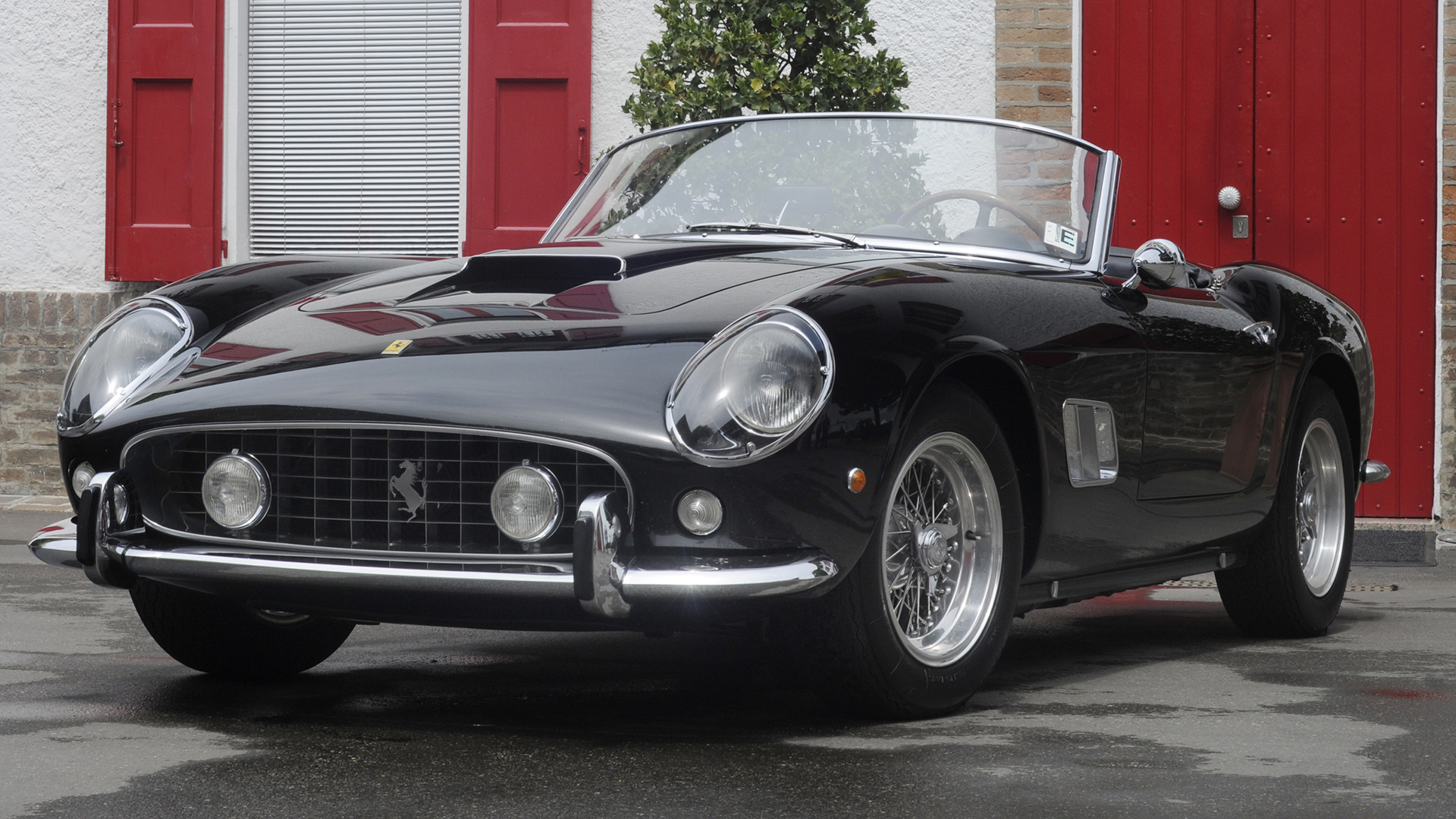
Ferrari 250 GT California Spyder SWB
© FerrariAs we said earlier, we could have filled this list with Ferraris (and indeed Lancias), but the California Spyder SWB ticks a lot of boxes. It’s beautiful, powered by Ferrari’s famous 3.0-litre V12 ‘Colombo’ engine, and just 55 were built, out of a total of 100 California Spyder models. The SWB (that’s ‘short wheelbase’) pictured was formerly owned by James Coburn and, more recently, Chris Evans.
-
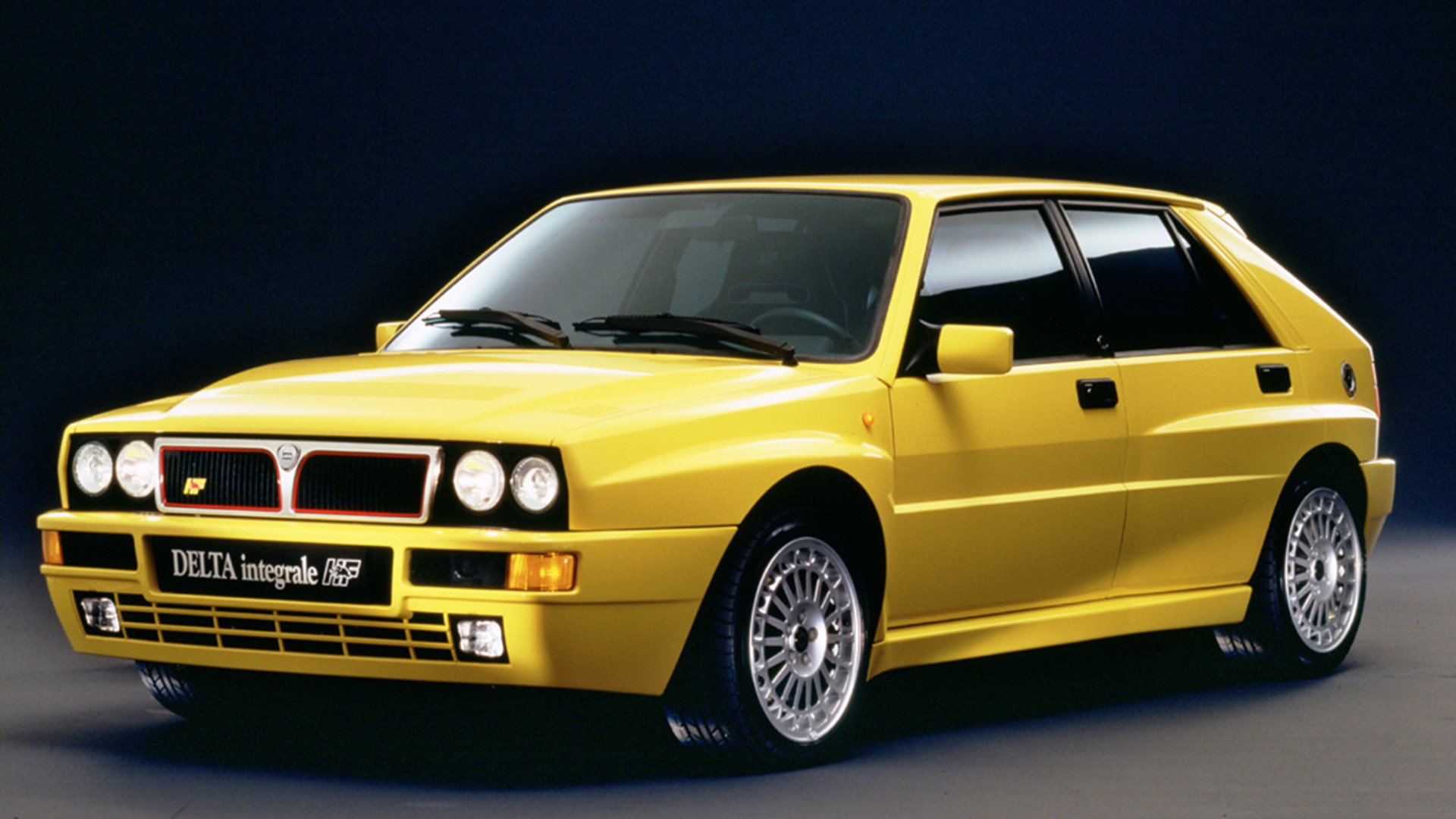
Lancia Delta HF Integrale
© LanciaThe Delta was so successful in rallying, it’s easy to forget that it started life as a pretty but unassuming Giugiaro-designed family hatchback. But the Integrale, first in 8-valve form in 1988, then in 16-valve guise in 1989, then Evoluzione in 1991 and Evo 2 in 1993, was the one that mattered. Six successive WRC manufacturers’ titles turned a humble hatch into a rallying legend.
-
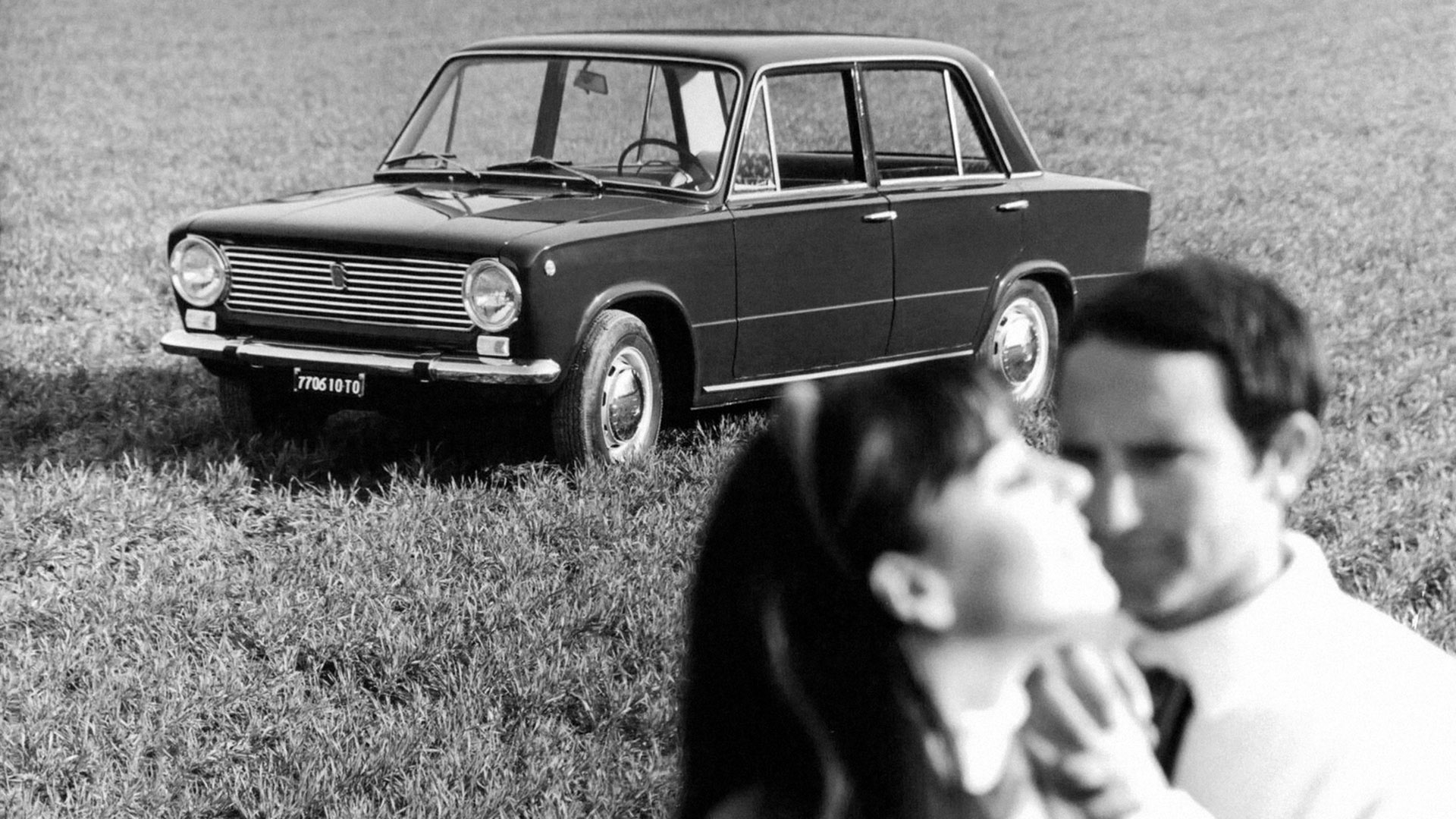
Fiat 124
© FiatIt’s at this point that you’re probably scrolling to the end of the list to see if we’ve included your favourite Italian cars. If we haven’t, you’re likely to see the inclusion of the Fiat 124 and cry foul, or whatever the equivalent is in Italian. We stand by our decision, because the 124 was better than the majority of its competitors and went on to mobilise the Soviet Union as the ‘Zhiguli’. It also spawned a pair of Italian beauties in the form of the 124 Sport Spider and 124 Sport Coupe.
-
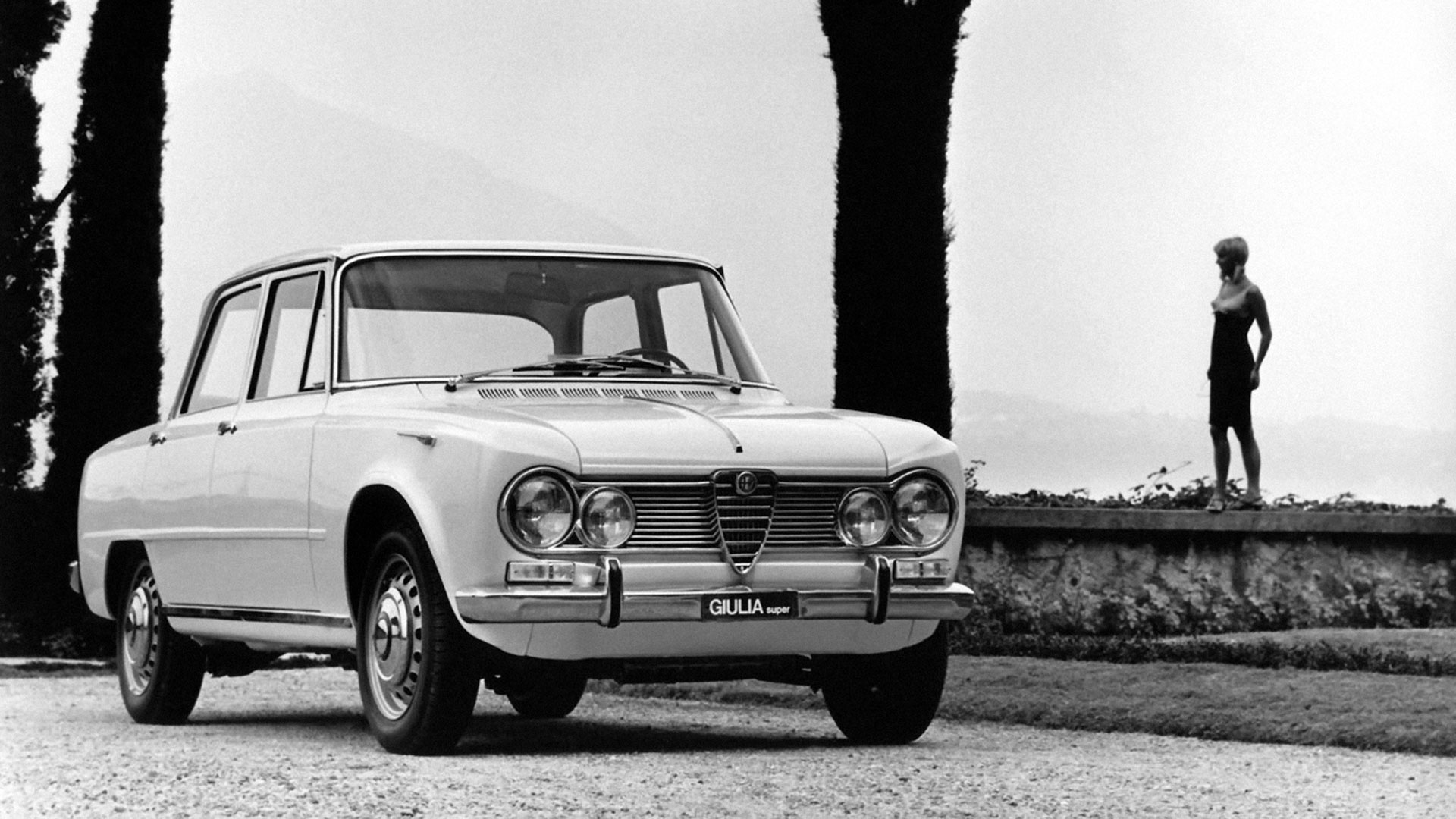
Alfa Romeo Giulia Type 105
© Alfa RomeoSuch was the diverse nature of the Giulia range, it almost feels wrong to include them all under one heading. But that’s the nature of lists like these; you’ll have to wait for our celebration of this Sixties classic. Even in four-door saloon guise, the Giulia handled and performed better than nearly all of its rivals, but in coupe form it was even sweeter, especially if you opted for the Sprint GT or lightweight Sprint GTA.
-
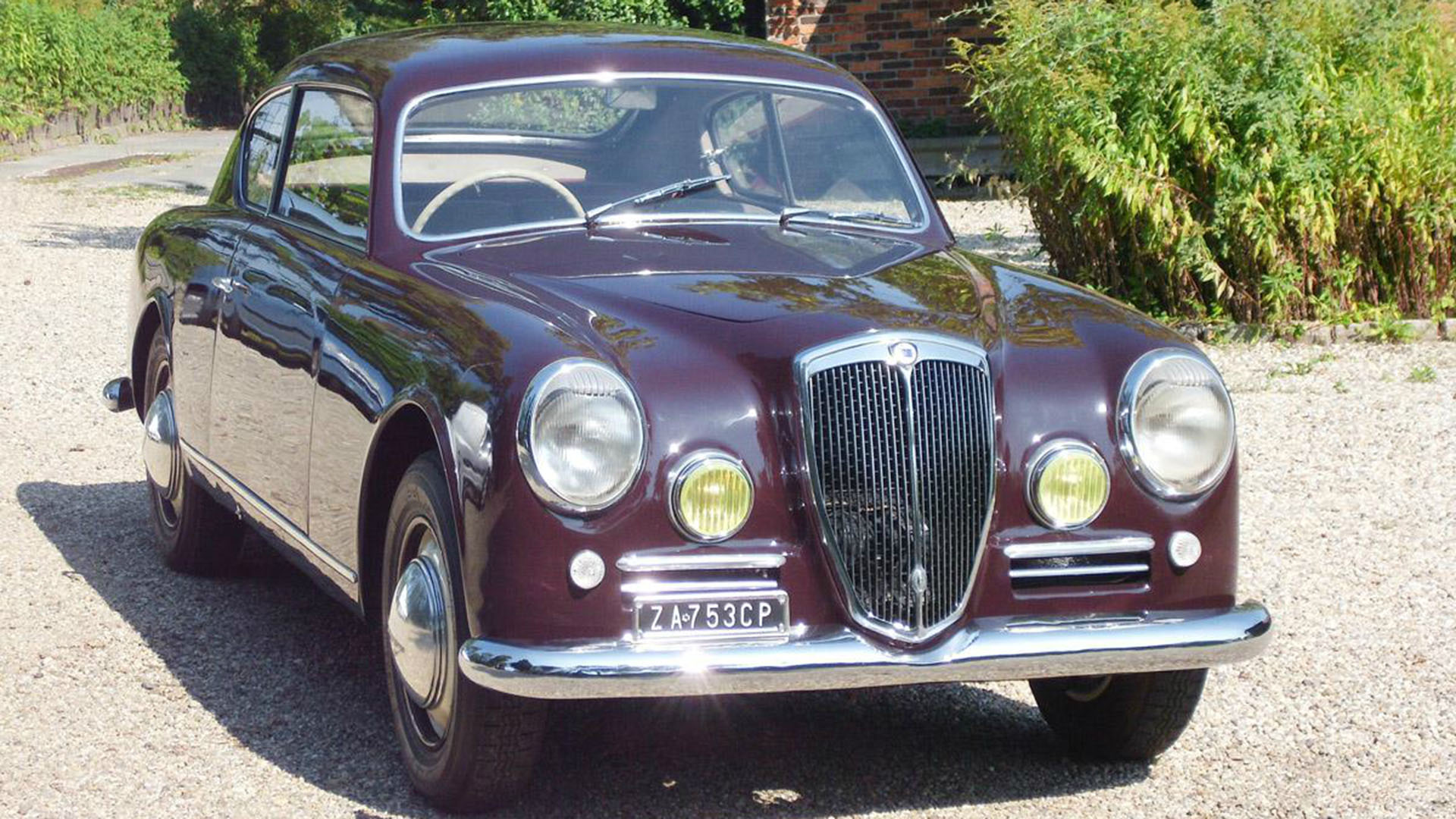
Lancia Aurelia B20 GT
© CoysHaving propelled the automotive industry into the future with the launch of the Aprilia, Lancia followed it up with the Aurelia. Launched in 1950, the Aurelia was the first production car with a V6 engine and radial tyres, and it spawned several variants, including a coupe, spider and convertible. The B20 GT (pictured) was one of the best, with styling by Ghia and production handled by Pininfarina. It secured a second place at the Mille Miglia and a class win at Le Mans.
-
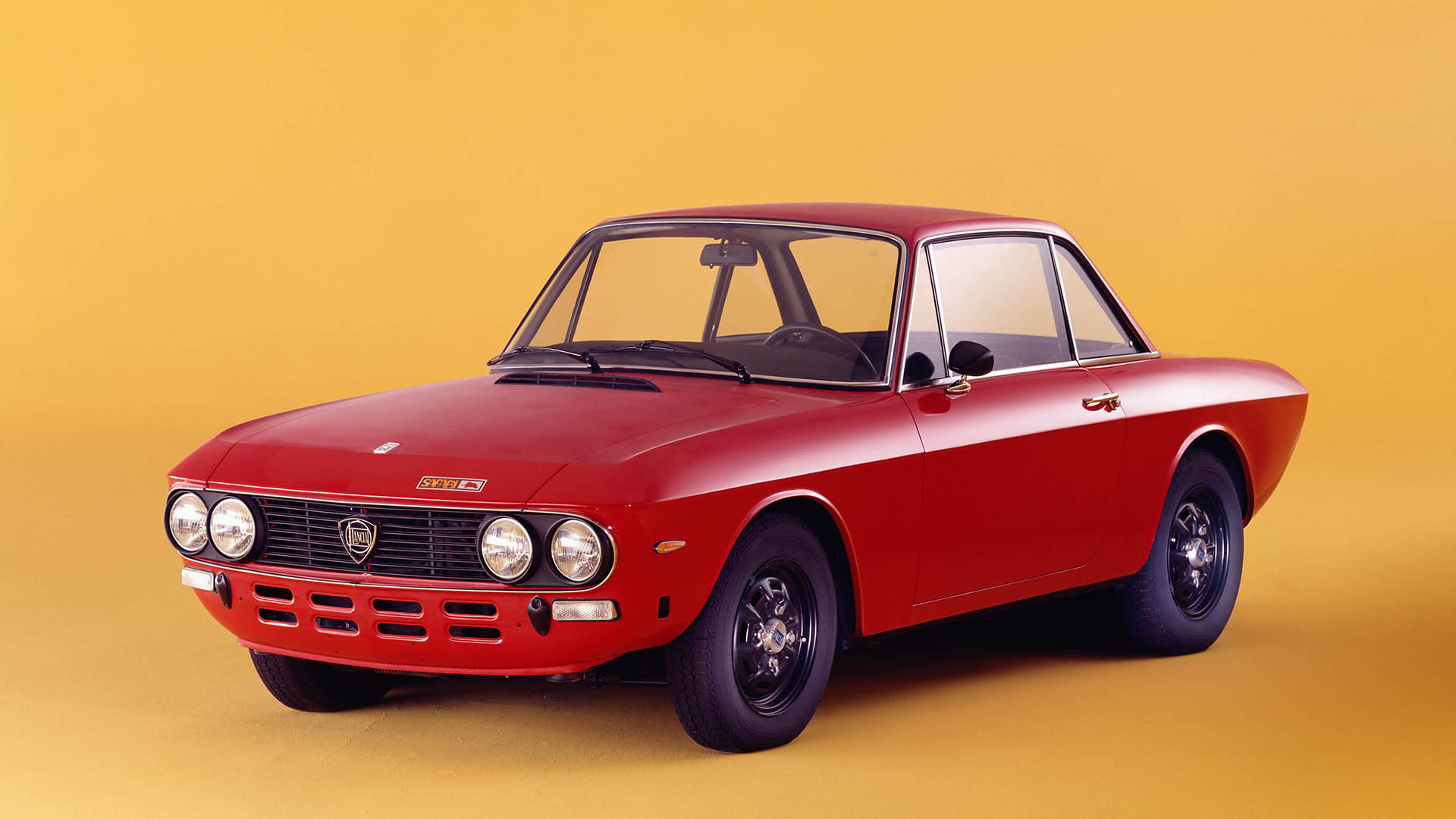
Lancia Fulvia HF Coupe
© LanciaThe oh-so-pretty Fulvia HF Coupe laid the foundations for the success of the Stratos, 037, Delta S4 and Delta Integrale by winning the Monte Carlo Rally in 1972. Drawing inspiration from Riva powerboats, Piero Castagnero penned one of the most elegant and prettiest cars to come out of Italy, with the HF versions built for racing. Weight-saving measures included an aluminium bonnet, doors and boot, plus Plexiglass side windows.
-
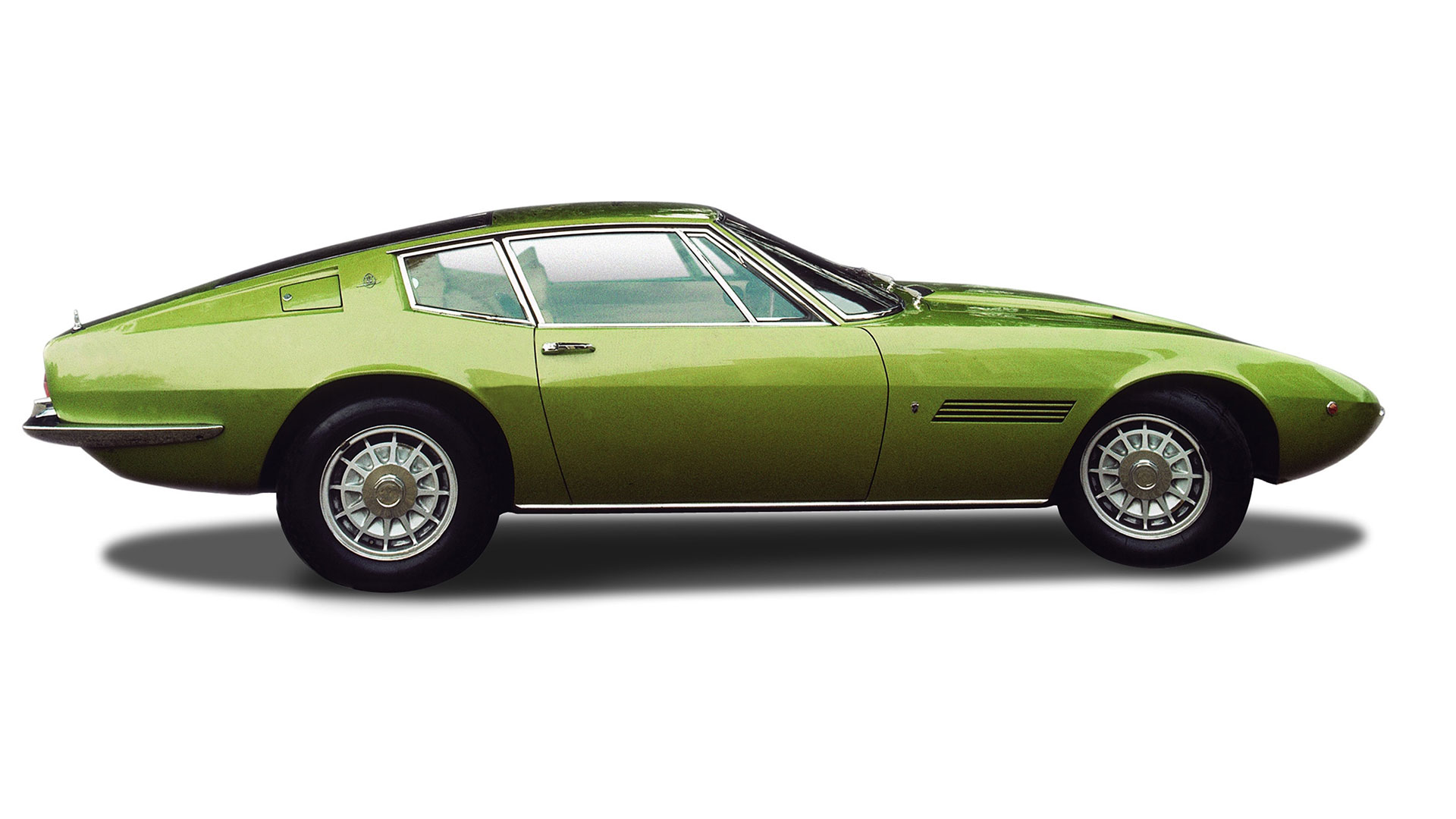
Maserati Ghibli
© MaseratiUnveiled at the 1966 Turin Motor Show, the Maserati Ghibli was every bit as good as its rivals from Lamborghini and Ferrari. Styled by Giugiaro while he was working at Ghia, the Ghibli was powered by a 4.7-litre V8 engine in standard form or a 4.9-litre V8 in the uprated SS. The latter could hit 174mph, making it Maserati’s fastest road-going car. The Spyder was even prettier, not to mention rarer, and prices reflect this.
From Fiat to Ferrari: the 25 greatest Italian cars
Here are our choices for the 25 best Italian cars of the post-war era. And yes, we could have included many, many more…
Home From Fiat to Ferrari: the 25 greatest Italian cars
News
The government wants YOUR advice on preserving classic cars
A new government initiative aims to make registering modified classic vehicles easier, including those converted to electric power.
Up for auction: The Austin Rover company name could be yours
The Iconic Auctioneers Supercar Fest sale includes your chance to own the rights to the Austin Rover company name and registration number.
Porsche 911 Turbo prototype to star at Hampton Court this summer
The very first Porsche 911 Turbo prototype will be displayed at Hampton Court Palace for this year’s Concours of Elegance.
Features
The history of Cupra performance cars
After years of Seat hot hatches, Cupra has become a standalone car marque, with a focus on sporty performance and style. We tell its story so far.
Volvo 480: a sporty Swede that wasn’t sensible or square
The oddball Volvo 480 came out of nowhere, but laid the foundations for the company's front-wheel-drive future. We tell its story.
Porsche Boxster at 25: a history in pictures
Launched in 1996, the Porsche Boxster introduced new generations to affordable driving fun. We tell its story – from original concept to new 25 Years special edition.
Reviews
1988 Ferrari 328 GTS review: Retro Road Test
The 328 GTS is at the more affordable end of the classic Ferrari spectrum. We get behind the wheel – and look at how best to buy one.
2004 Skoda Octavia vRS review: Retro Road Test
Skoda’s vRS badge has come a long way in nearly 20 years.
Back in 2001, when the first Octavia vRS was launched, the idea of...
MR archive: Porsche Boxster S 986 review
We wind the clock back to 2002 – should you buy a 986 Boxster S?
